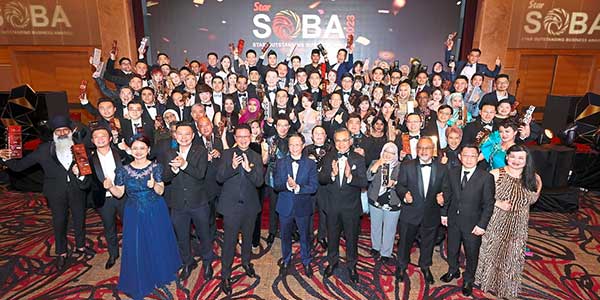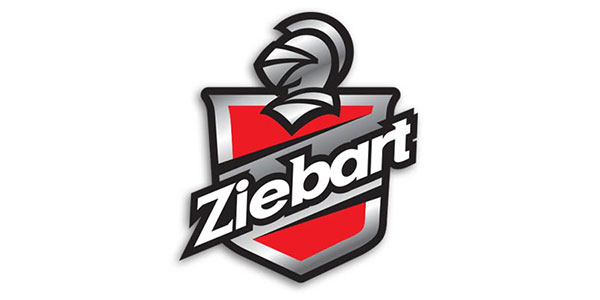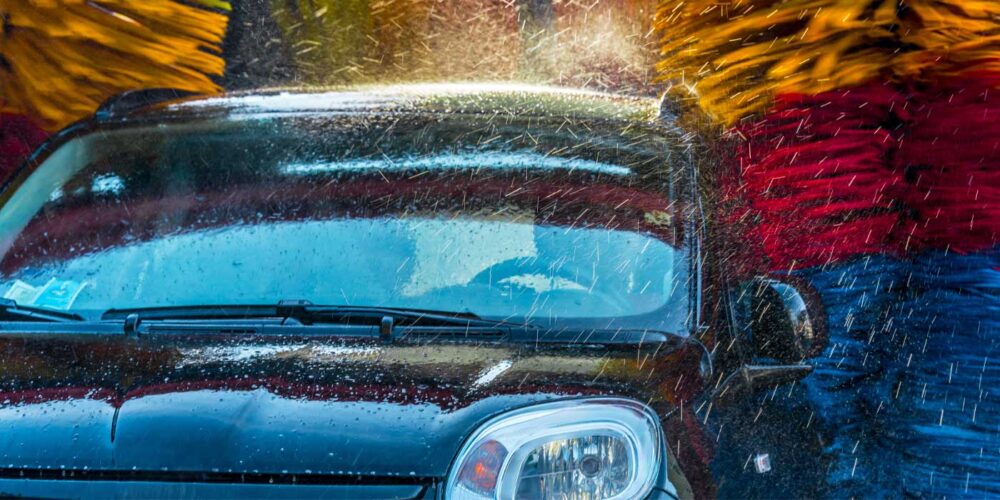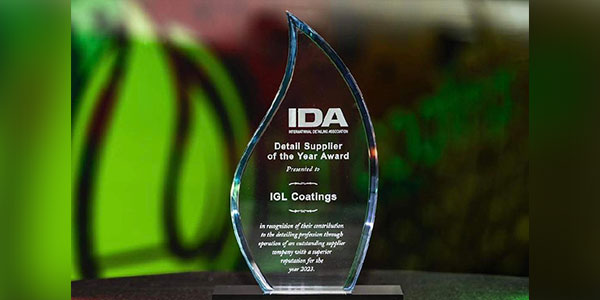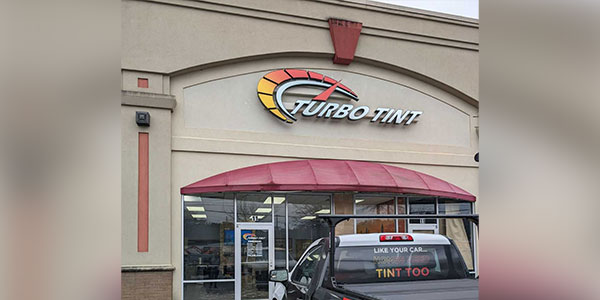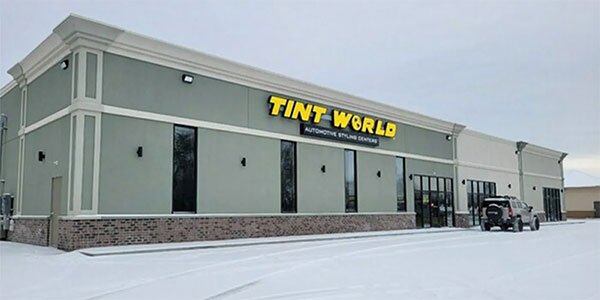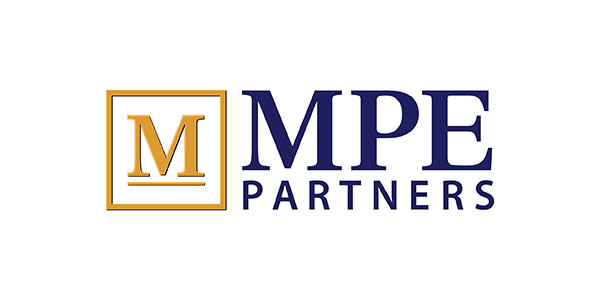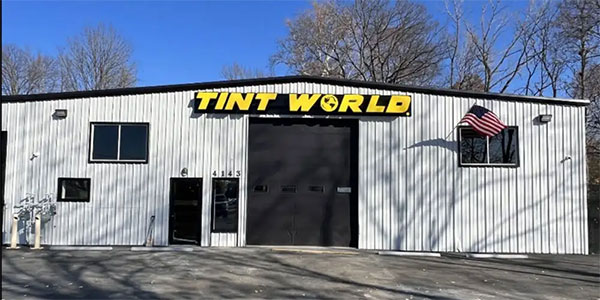For a long time, carwash operators have been held hostage by the odors of their pits, holding tanks and reclaim systems. This ongoing and smelly problem is even more aggravated by organic-matter build-up in the pit and, in warmer climates, the heat.
What we’re dealing with
Organic matter in carwash operations usually consists of solvents, oils, hydrocarbons, cleaning agents and soils. Carwash operators can use a simple test for Chemical Oxygen Demand (COD) to determine how bad their situation is. COD is a measure of water quality that counts the number of organic pollutants found in surface water.
In a typical waste stream, COD can range from 5,000 ppm (parts per million) to 200,000 ppm, and in extreme cases up to 700,000 ppm. As an example of how high this is, publicly owned sewage treatment plants typically have acceptable COD rates ranging from 500 to 1,000 ppm.
Malodors (really bad odors) are generally caused by a combination of the organic matter and anything else that is washed off vehicles.
Often, waste water sits still in the pit or holding tank for extended periods of time, which in turn has an anaerobic (without oxygen) effect. This increases the bacteria load as well as the odors (septic) within the system.
Algae growing in the pit and tanks and tunnel walls are also a form of organic matter, which will further increase the problem.
An ideal odor control program should contain a combination of technologies to destroy the bacteria and organic matter (except, of course, for the cleaning agents) before it is sprayed back onto customers’ vehicles and aspirated throughout the facility. Bacteria plate counts of over 50,000 are often found in untreated pits or low-tech recycle systems.
Common reclaim designs
The first stage for any form of carwash reclaim system focuses on the actual surface area or cement pad and the pit. If the pad is designed properly with an adequately sized trench and pit, a good portion of the dirt and silt will be captured and settled in this first stage.
It is also important to seal the concrete surface to prevent bacterial growth in the porous concrete. Regular cleaning out of this part of the carwash is essential to prevent solids such as dirt or silt from passing through to the filtration equipment or sewer drains. This will extend the life of the filters and equipment as well as help prevent clogging of sewer lines.
Many carwash operators install traditional technology to treat wash water for reclaim or discharge, such as granular activated carbon filters (GAC), sand filters, bag filters, centrifugal separators or oil water separators.
GAC filters generally function by exposing the organic contaminated water to carbon particles which absorb the organic pollutants.
The downside to these systems is the high cost of replacement of the depleted or spent filters. The addition of detergents and cleaning agents will also tend to blind the carbon even faster by creating a “bio-slime.”
If the filters are not changed, the organic loading passing through the filters increases, thereby increasing odors. This method of water treatment used alone would prove to be economically unfeasible for most carwash facilities and the odor problem would remain.
Sand filters are relatively inexpensive and popular as well; however, they are limited in their ability to remove organics and are blinded easily by heavy grease and oil.
Bag filters traditionally are used to filter out larger solids (dirt or stones, etc.) in waste water and are commonly used as a pretreatment before further filtration.
Oil/water separators (three part separators) and centrifugal separators might work well to separate any free-floating oils and some dirt by settling, but they do little or nothing to filter or eliminate anything else in the wash water. Since there is minimal or no filtration being accomplished, solid particles (dirt, soils. etc.) remain in the wash water causing extreme wear and tear on the carwash pumps and motors, and clogging the nozzles.
Separator systems alone do not have any type of oxidation process to control algae buildup or prevent odor and bacteria problems. The types of separation mentioned here work best in combination with each other or in conjunction with other technologies, for example, multimedia/ sand filtration or polishing filters along with some form of odor and bacteria control.
Odor control methods
There are several common methods on the market, both chemical/oxidants and biological, to eliminate or mask malodors emanating from carwash water tanks and pits. Some chemical methods used in the carwash industry are: liquid chlorine, hydrogen peroxide, bromine, ozone, catalytic oxidation, UV & ozone, combination catalytic oxidation with hydrogen peroxide, and chemical fragrances.
Masking Agents
Masking agents, such as fragrances, do not remove the causes of odor. In fact, fragrances add to the contaminant loading of the water, which is a problem for reclaim systems.
Even though they are not thought of as pollutants, they do add to the increased bacteria count and some people can be allergic to them. They also increase dissolved solids in the water. In some cases, the odor of the masking agent is worse than the original odor, and their effectiveness is very limited.
Chemical control
Of all the odor-control methods, the simplest and most cost effective to implement is chemical control. A wide variety of chemical controls are available, however, the one with the most advantages is ozonation.
Ozone has been used for decades in lieu of chlorine and is well-documented as an oxidant for water treatment throughout Europe and more recently in U.S. municipal water treatment plants (over 300 U.S. water plants now use ozone).
Ozone, or O3, is an oxygen molecule with an extra unstable atom of oxygen which is aggressive to organic compounds and then reverts back to oxygen, leaving no chemical residual. As an oxidant, ozone gas ranks very high and can be easily injected at a low cost into existing pits or tanks with a venturi or other aeration device.
Some chemical-based cleaning, for instance chlorine-based cleaners, will potentially corrode wash equipment and tanks. Also, chlorine or bromine based cleaning chemicals will impart a chlorine odor to whatever they clean, whereas ozone will not. Of the common oxidants, chlorine, bromine, hydrogen peroxide and ozone, only ozone can be continuously generated without chemical replacement, thereby reducing the amount of storage and materials handling.
Catalytic oxidation
Catalytic oxidation is a combination of ultraviolet light and ozone, which is extremely effective in oxidizing organics and eliminating odors from air or water.
The greatest benefit of ultraviolet light systems is that they require minimal or no maintenance as opposed to other types of ozone generators.
Corona discharge ozone systems require regular cleaning of the internal plates, and in many cases where the atmosphere is humid they will fail altogether due to corrosion caused by nitric acid buildup, unless air dryers or oxygen generators are used.
Water treated with catalytic oxidation process or ozone alone, or any of the friendly oxidizers, will have less chemical residue and will provide cleaner reclaim water, thereby reducing the residual odor from washing, eliminating chemical fragrance usage, and leaving an overall, more pleasing aroma in the car after washing.
Biological treatment
Biological treatments, which use what is commonly referred to as “bacteria,” “bugs” or “enzymes,” combined with some form of aeration, are effective in removing odors and are safe providing they are oxidized, disinfected, or killed before re-using the water.
This method takes more time, as the bacteria eat the organics. It is not a recommended method for carwashes with space restrictions as it requires another holding tank.
Also, you would not want your customers or employees exposed to spraying reclaim wash water laden with a high bacteria count. A high bacteria count in water that is aspirated or is in a mist form can cause infections in the lungs, eyes, or ears. This could possibly increase an operator’s liability and insurance costs.
If a biological system or additive is used in a carwash reclaim system, a second loop of sanitizer’s or oxidizers such as ozone, UV light, hydrogen peroxide, oxidation tablets or a combination forming a catalytic oxidation should be used.
Any of the friendly oxidizers are preferred for reclaim because they revert back to oxygen and hydrogen and do not increase the dissolved solids in the water. Also, redundancy is an important factor in this process.
One sanitizer should be backed up with another in the event of failure. Bacteria used in discharge systems for odor control or COD reduction usually do not require post-sanitation or oxidation before discharge to sewer.
Good, clean sense
Carwash operators will come to realize that good environmental practices are not only the right thing to do but also make good sense from a business perspective. They reduce the likelihood of needless regulatory action, reduce costs in the long run, and make it easier to obtain approval for new projects.
Existing and potential customers will find it appealing that the water used at the carwash has been reclaimed. Your carwash facility will smell fresh, and the knowledge that your business has respect for the environment will be attractive to customers.
Bill Svec is the Industrial Sales Manager for RGF Environmental Group, Inc., a West Palm Beach, FL manufacturer of environmental equipment. Svec has over 20 years experience with carwash recycle systems and odor control. Contact him via phone: 800-842-7771 x19, or email: [email protected].


